

|
|
|


|
|
1/10 Scale Nitro Rally Car:
Kyosho SuperTen Sports GP (2WD) - Ford Escort RS Cosworth (1993) - 31413
|
Released by Kyosho circa 1994, the SuperTen Sports GP (2WD) Ford Escort RS Cosworth (1993) - # 31413 - was one of their Radio Controlled Rally Car Series, and was classed as an entry level model, based on the proven Outrage / Tracker chassis design. The kit came with a clear lexan polycarbonate Bodyshell, a GS11-X Engine with Recoil Starter, one piece plastic Wheels, with treaded semi pneumatic treaded Tires and was Lapboy (Lap Counting System) compatible. A Radio System, and Fuel to be purchased separately.
The 2WD model is based on a molded Kelron plastic chassis, with a heat-dissipating alloy plate for engine mounting, a gear type differential, coil spring over oil filled dampers, dogbone drive-shafts and bushings.
A number of model kits were produced on the same chassis over a period of around five years, in their "Super Sport 10 GP Series" (SS10), "SuperTen Sports Series", "Sports Car Series" and "Rally Car Series". Check out our Kyosho Archive for other models in these series.
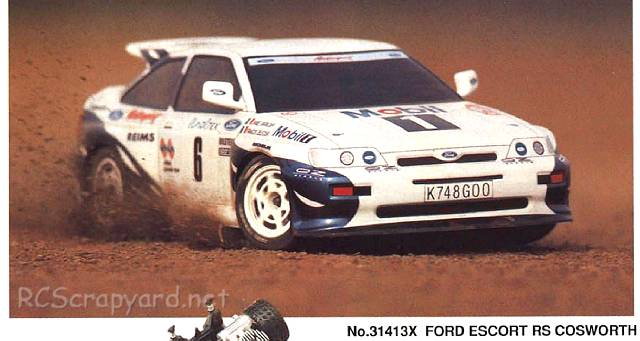
To get the best from the Kyosho Ford Escort RS Cosworth, it needs to be fine tuned, to provide precise steering response and improve grip when cornering, so you don't slide off the track. Small changes can make huge advancements and our easy to understand guide will help you to the optimum Set-up for your individual driving style.








|
|
|

★ Kyosho Ford Escort RS Cosworth - 31413 ★
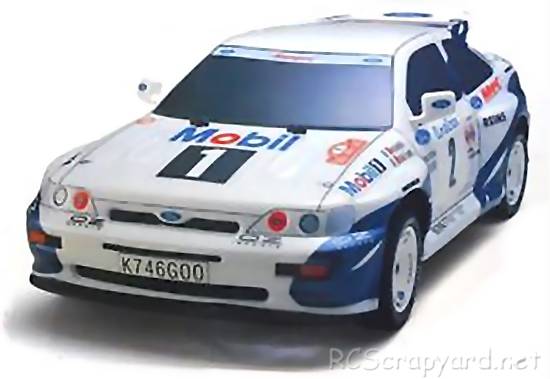
★ Kyosho Ford Escort RS Cosworth - 31413 - Chassis ★
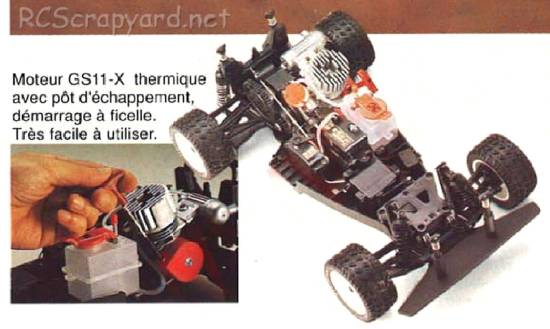
★ Kyosho Ford Escort RS Cosworth - 31413 - Chassis ★
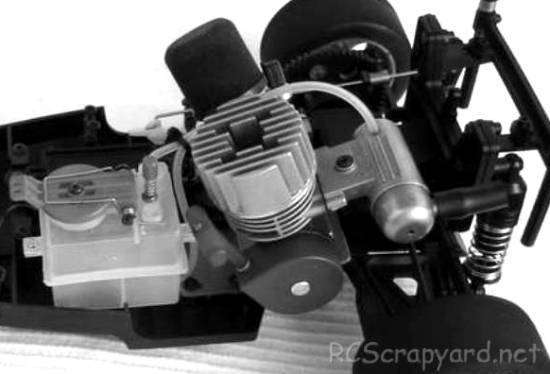
★ Kyosho Ford Escort RS Cosworth - 31413 - Chassis ★
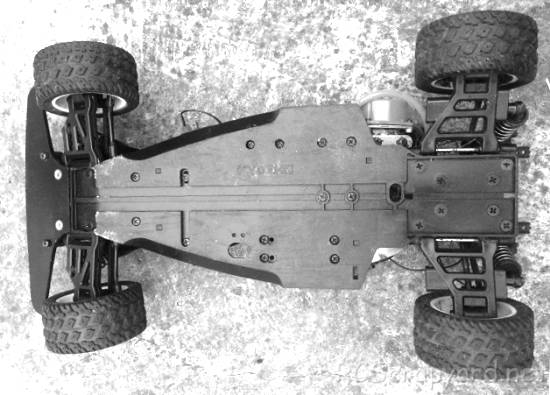
★ Kyosho Ford Escort RS Cosworth - 31413 - Chassis ★
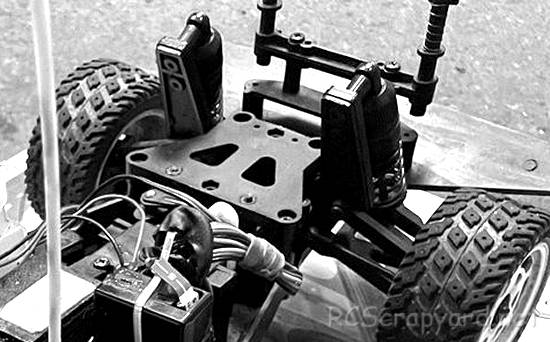
★ Kyosho Ford Escort RS Cosworth - 31413 - Chassis ★
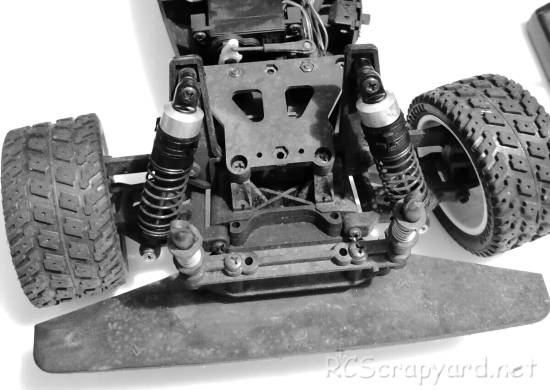
★ Kyosho Ford Escort RS Cosworth - 31413 - Chassis ★
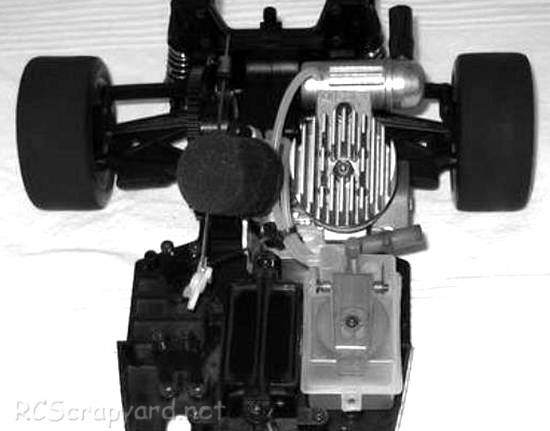
★ Kyosho Ford Escort RS Cosworth - 31413 - Chassis ★
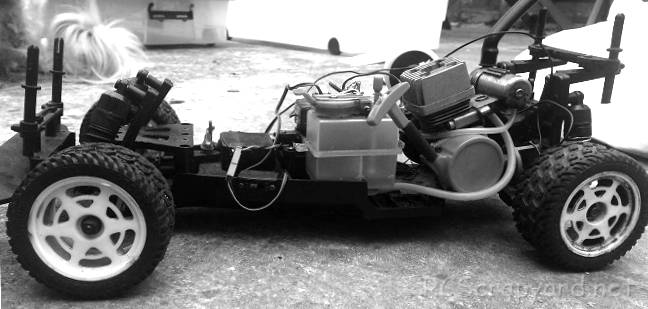
★ Kyosho Ford Escort RS Cosworth - 31413 - Chassis ★
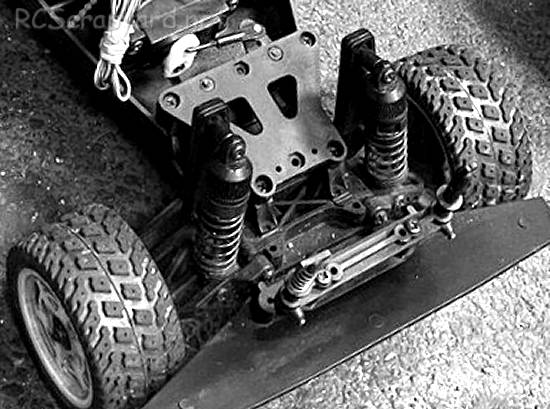
★ Kyosho Ford Escort RS Cosworth - 31413 - Chassis ★
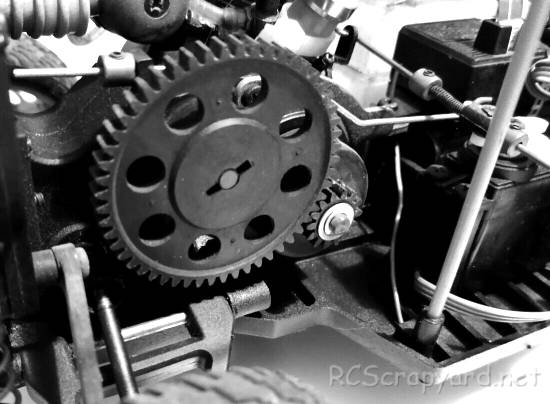
★ Kyosho Ford Escort RS Cosworth - 31413 - Chassis ★
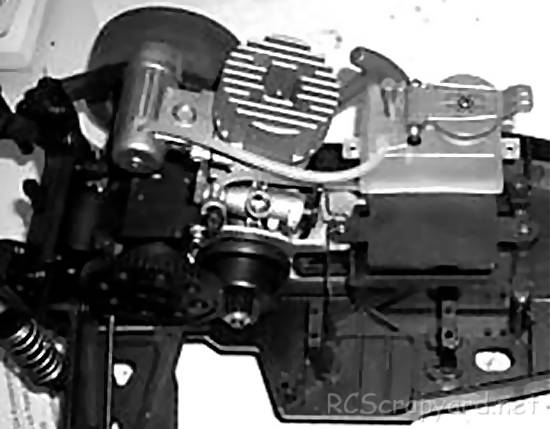
★ Kyosho Ford Escort RS Cosworth - 31413 - Chassis ★
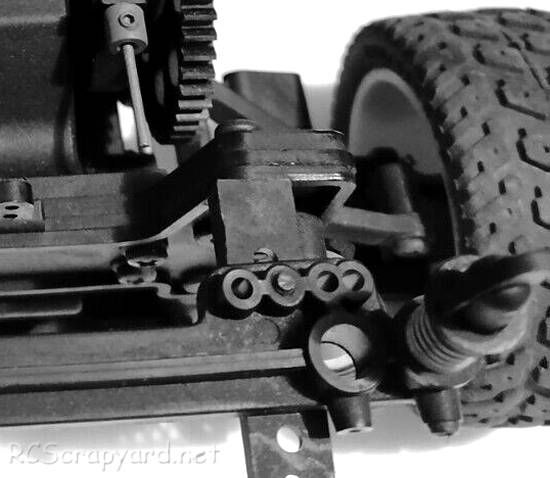
|
Buying a Used Kyosho Ford Escort RS Cosworth
|
|
Manufacturers and Brands Catalogued, Listed and Reviewed by RC-Scrapyard.
At present, the RC Model Manufacturers, Brands and Distributors covered by us are: ABC Hobby, Academy, Acme Racing, Agama Racing, Amewi, Ansmann Racing, ARRMA, Team Associated, Atomic RC, Axial, AYK, Bolink, BSD Racing, Capricorn, Carisma, Carson, Caster Racing, Cen, Corally, Custom Works, Durango, Duratrax, ECX - Electrix, Exceed RC, FG Modellsport, FS-Racing, FTX, Fujimi, Gmade, GS-Racing, Harm, HBX, Helion, Heng Long, Himoto Racing, Hirobo, Hitari, Hobao, Hong-Nor, Hot Bodies, HPI, HSP, Intech, Integy, Jamara, JQ Products, Kawada, Kyosho, Losi, LRP, Maisto, Mardave, Marui, Maverick, MCD Racing, Megatech, Mugen, New Bright, Nichimo, Nikko, Nkok, Ofna, Pro-Pulse, Protech, PTI, RC4WD, Redcat Racing, RJ-Speed, Robitronic, Schumacher, Seben, Serpent, Smartech, Sportwerks, Step-Up, Tamiya, Team-C Racing, Team Magic, Thunder Tiger, Tomy, Top Racing, Traxxas, Trinity, Tyco, Vaterra RC, Venom, VRX Racing, WLToys, X-Factory, Xmods, Xpress, Xray, XTM, Yankee RC, Yokomo, ZD Racing and Zipzaps. |
|
Hints, Tips and Information Rechargeable Batteries
|
|
Hints, Tips and Information
Gearing to Win
Just because you have the latest model, the best available batteries, the most powerful electric motor or nitro engine, doesn't mean you will go out and win everything in sight. The fastest car on the track is rarely the one that wins, it's the one that can accelerate out of corners under control, and remains consistent and efficient from the start to the end of a race.
|
|
RC Models:
|
Radio & Motors: |
Other
Accessories: |